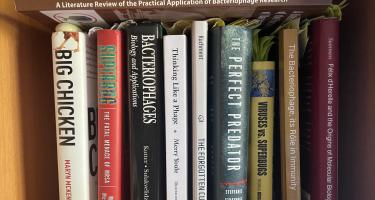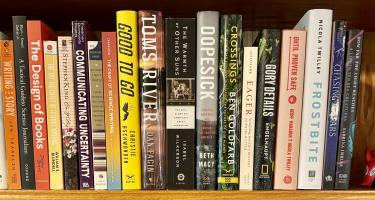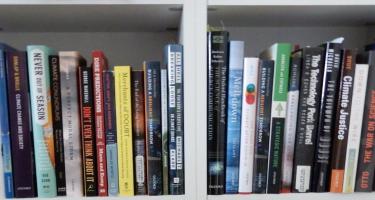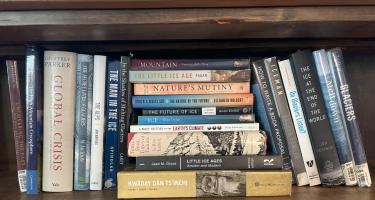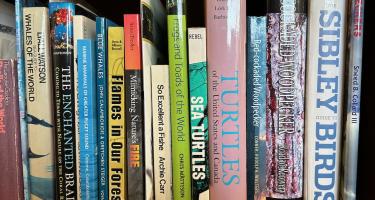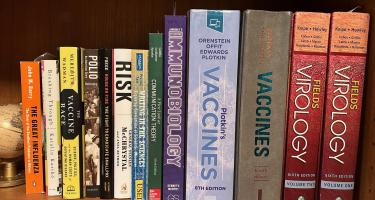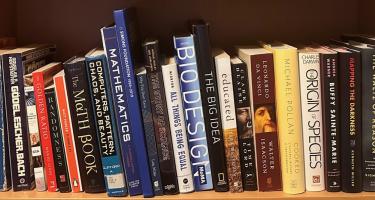
Patchen Barss—The Impossible Man: Roger Penrose and the Cost of Genius
Studying a sundial at age six, Roger Penrose first glimpsed a mathematical “world behind the world” where the shape of things revealed the universe’s deep secrets. In The Impossible Man: Roger Penrose and the Cost of Genius, Patchen Barss follows Penrose from childhood to Nobel Prize, capturing the intense mix of joy and sacrifice that allowed him to rewrite our understanding of the cosmos.
